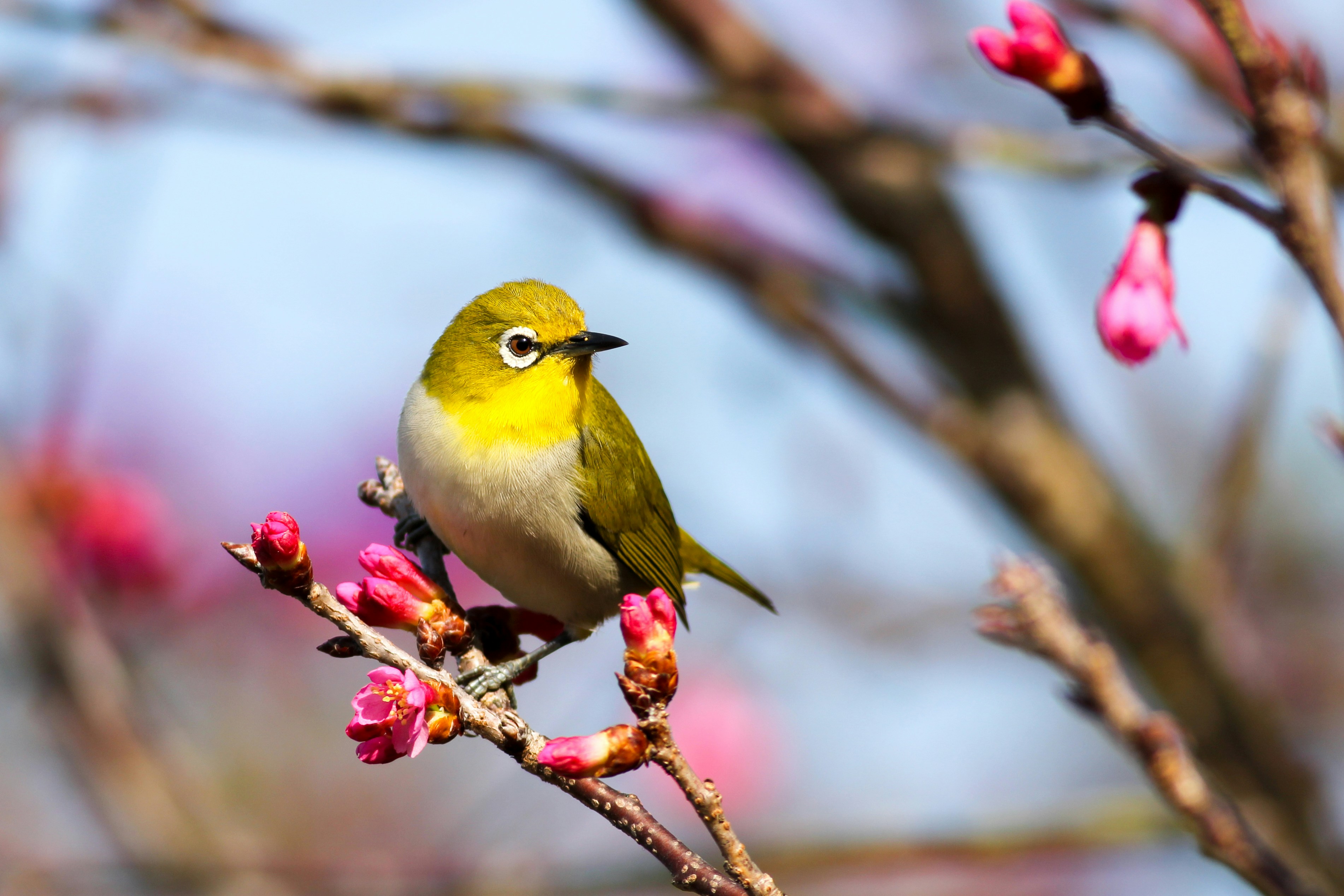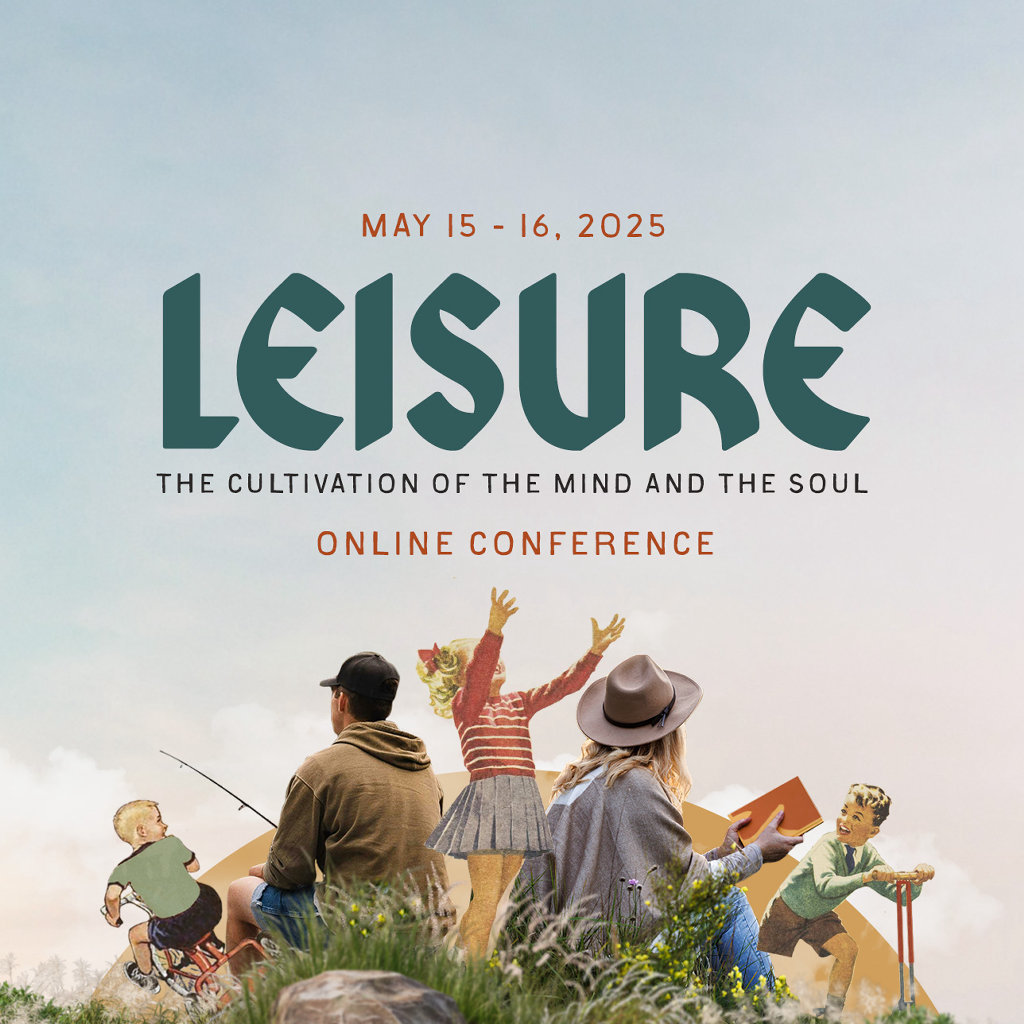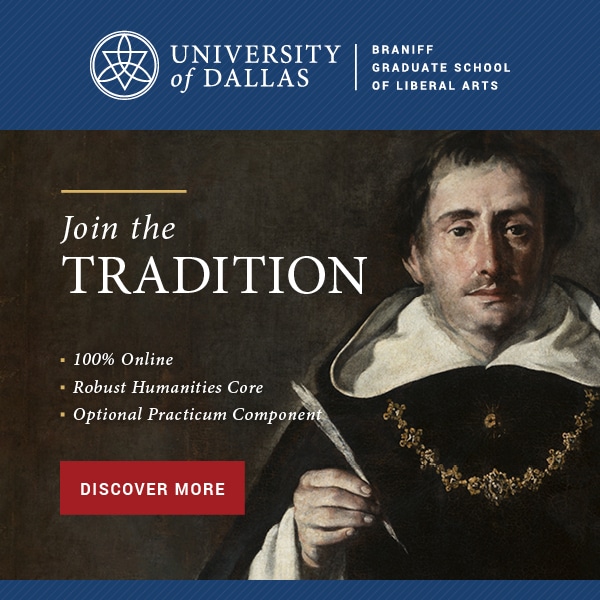The Backyard Bird Chronicles: Reigniting the Virtue of Curiosity

Amy Tan started taking drawing lessons in her sixties. These lessons gave her the skill to beautifully capture her encounters with animals, and she found herself particularly drawn to birds. However, this experience also gave her something else: a renewed sense of curiosity.
In her book The Backyard Bird Chronicles, Tan writes about her journey cultivating the virtue of curiosity during her deep observations of birds. In the preface to her book, she introduces her readers to what started her love of natural journaling; she went on several excursions with a guide who walked her through the different elements and dimensions of observing nature and documenting her findings. During one of her outdoor group exhibitions, she describes a young girl who annoyed her with her constant questions, which Tan saw as interruptions to her own quiet observation. She attempted to avoid the girl, making sure to walk far away from her in order to avoid distraction. But then she realized that her own observations were falling flat and lifeless. The girl’s, on the other hand, were bursting with excitement, details, and beauty. Seeing this, Tan decided to inch closer to the girl and listen more carefully to the questions she was asking. Eventually, she only wanted to be on the explorations if she was next to the girl. She was not only intrigued by the girl’s disposition but also inspired to adopt it herself. She noticed the girl was utilizing a particular type of curiosity. She describes it in the preface to her book, writing, “She embodies…intentional curiosity, what leads us to deep observation and wonderment. Questions that beget more questions are the fertile spores that can lead you deeper into the forest” (xix). In other words, the girl was demonstrating the virtue of curiosity. Once Tan recognized it, she was able to implement its habits in her observations, allowing it to transform her mindset, approach, and findings. Even in her sixties, Tan demonstrates to her readers the importance and benefits of utilizing curiosity as a lifelong virtue.
We tend to simplify curiosity, thinking of it as merely asking questions. H. A. Rey has permanently associated curiosity with the mischievous monkey, George. And while George certainly wants to know more about the world around him, he is not necessarily a virtuous example of curiosity for his young audience. In order to understand curiosity as a virtue, we need to think about it more closely and discover its unique offerings to learning and a flourishing life.
In his book Cultivating Good Minds: A Philosophical & Practical Guide to Educating for Intellectual Virtues, Jason Baehr discusses intellectual virtues as having three main dimensions: skill, motive, and judgment. The dimension of skill encompasses the actual ability to practice the habits necessary to practice that virtue. For curiosity, this is the skill of asking “thoughtful and insightful questions” (20). The dimension of motive involves the readiness and willingness to use the virtue in a particular circumstance. For curiosity, this means that “an intellectually [curious] person is disposed to ask thoughtful questions…because she wants to reach the truth, acquire knowledge, or form a deeper understanding” (21). Finally, each virtue has a dimension of judgment, which requires an assessment of the need or call to act with that virtue in a given moment. An intellectually curious person will recognize the right time, place, and person to ask deep questions.
When curiosity is practiced with these three dimensions in mind, it calls for better, more robust questions. In this way, intellectual curiosity is the mark of a lifelong learner living the good life. For Baehr, curiosity is one of the virtues that gets the learning process started. He emphasizes this further when he says, “Because it is a source of intrinsic intellectual motivation, fostering curiosity is one of the most important things teachers and parents can do in their attempts to help their students love and engage learning” (59–60).
This endeavor, though, is done best with the restrictions and boundaries of the three dimensions in mind. An intellectually curious person does not ask salacious, inappropriate questions, nor does he ask mundane or tedious questions but instead “aims high” and asks deep and contemplative questions (61). In addition, he does not ask things with a selfish or tactless motive; rather, he asks as one who desires to benefit those around him and further his understanding of truth. Finally, he does not blurt out the question in an untimely manner but instead assesses the right time and person to engage his ponderings. This is the kind of curiosity we want to cultivate in students.
The reverse can also be true, though. Tan recognized firsthand how children can reignite curiosity in adults that has gone dim over time. Tan reflects on her observations of the girl’s constant wonderings, writing, “Her curiosity and exuberance over so many things brought me back to that time in my childhood when I crouched and touched plants and animals, when I turned things over to see what was underneath, when I happily spent hours lost in curiosity and exploration, and was never satiated” (xix). This interaction deepened her sense of wonder and liberated her curiosity. Our relationships with children and students ought to have this symbiotic relationship. As they benefit from our wisdom and knowledge, so too should we glean from their disposition to wonder. When we humbly allow ourselves to be reignited like this, we, too, can go deeper into the forest.
References
Baehr, Jason. Cultivating Good Minds: A Philosophical & Practical Guide to Educating for Intellectual Virtues. Published by the author, 2015.
Tan, Amy. The Backyard Bird Chronicles. Knopf, 2024.
Colleen Dong
Colleen has been a faculty member at The Cambridge School in San Diego since 2011. She has a Master's in Rhetoric and taught Kindergarten for several years. She is currently the Assistant Grammar School Principal.









1 thought on “The Backyard Bird Chronicles: Reigniting the Virtue of Curiosity”
What a beautiful reminder to pursue curiosity at any age. Great and thoughtful insight into this new book by Amy tan.